Obituary: Volker Hinz
Obituary: Volker Hinz
October 21, 2019
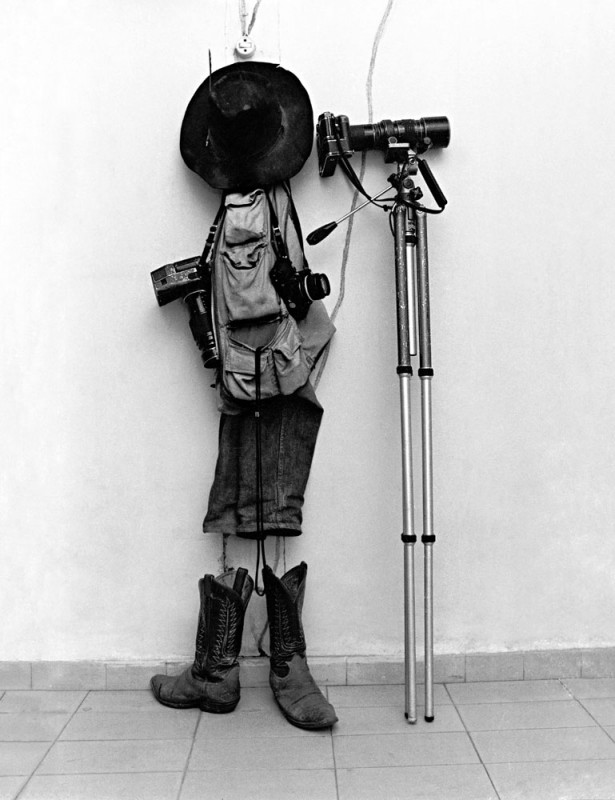
My still-life, Pantanal, Brazil, 1987 © Volker Hinz/stern
In 1974, Hinz went back to Hamburg to work for Stern; yet four years later, life took him to New York, where he became a freelance photographer, reporting on the USA. The New York nightlife motifs he captured at the former Area Club in Lower Manhattan, where he was regularly allowed to photograph, are legendary. However, during his years in the US, Hinz did not only document the exaggerated hedonism of the party scene; time and again, he captured telling pictures reflecting the social state of the country. He returned to Hamburg in 1986, where he worked for Stern until his retirement in 2013. This made him the last photographer to be employed full time by the magazine, where he was given the luxury of working exclusively analogue – and preferably in black and white – right up until the end.
Hinz saw the world with attentive eyes, and his countless reportages are a testimony to the times. Above all, his portraits of personalities from the worlds of politics, sports, fashion, culture and entertainment, often became iconic images. He took pictures of them all: Helmut Schmidt, Willy Brandt and Ronald Reagan; Karl Lagerfeld, Muhammad Ali, Woody Allen, William S. Burroughs; and – possibly his best known motifs – Franz Beckenbauer and Pelé in the shower at Lockhart Stadium in Fort Lauderdale in 1977. With his camera, he was allowed everywhere. His eye for the stars and social starlets was always on the mark: he photographed with both passion and empathy; and also with humour and irony – but without really embarrassing the protagonists.
Even though his “mean pictures” – taken at a variety of social events, with a Hasselblad 6x6 camera with a wide angle, super-sharp Zeiss Biogon lens – were always little attacks on those portrayed, people tended to forgive the “gentle hawk”. With incredible ease, the photographer would dance his way through the thickest crowds. On the whole, by the time he was discovered, it was too late: the picture had been taken. “Already early on, Volker Hinz was an unequalled master of his genre, with a great talent for avoiding protocol pictures at stiff, formal events; rather, he developed a sense for the often much more revealing things that were happening on the sidelines. He had an honest eye for the small gesture, the telltale expression, the revealing detail,” Peter-Matthias Gaede wrote in In Love with Photography - the glorious book, dedicated to Hinz's work, that appeared in 2015.
His unmistakable style even gave rise to an honorary word: “hinzig” – meaning Hinz-like. His portrayals of famous, and at times infamous, individuals will remain, even though the storyteller is sadly no longer with us. Hinz also seems to have had a prodigious memory: whenever an actor, politician or celebrity was mentioned to him during one of his regular visits to the Hamburg offices of LFI, he was sure to have photographed them at some point, and was able to share this or that anecdote about the meeting. Now it is the photographer's legacy that must speak for him: the thousands of prints and metres of shelves full of slides are testimony to a rich and multilayered photographic life; they are part of the visual chronicle of a specific era of magazine journalism that is no longer around in that particular form.
(Ulrich Rüter)

My still-life, Pantanal, Brazil, 1987 © Volker Hinz/stern
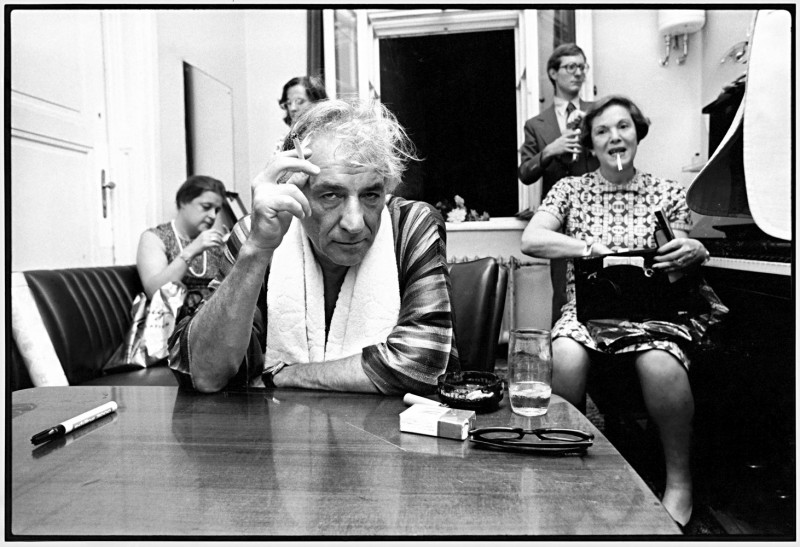
Leonard Bernstein, Vienna, 1975 © Volker Hinz/stern
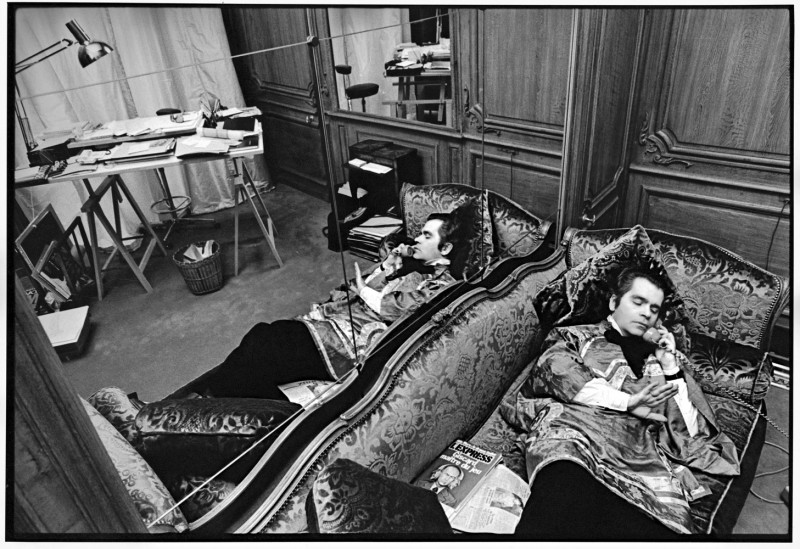
Karl Lagerfeld, Paris 1978 © Volker Hinz/stern
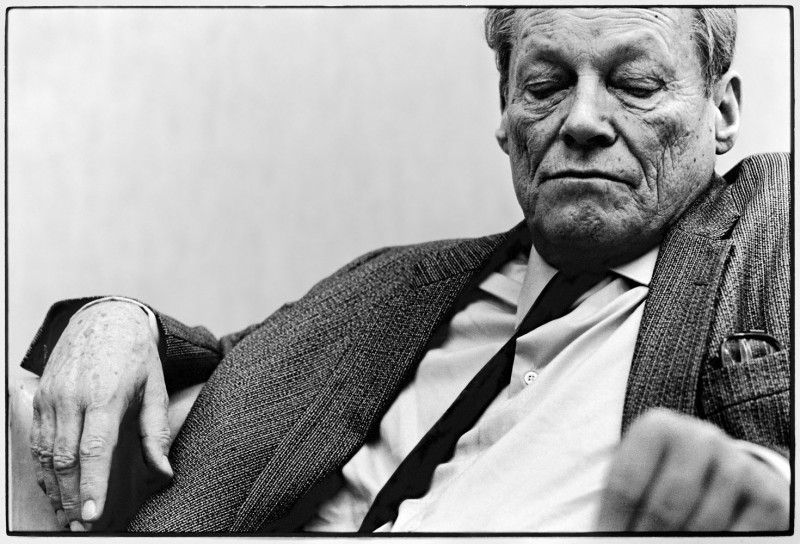
Willy Brandt, 1983 © Volker Hinz/stern
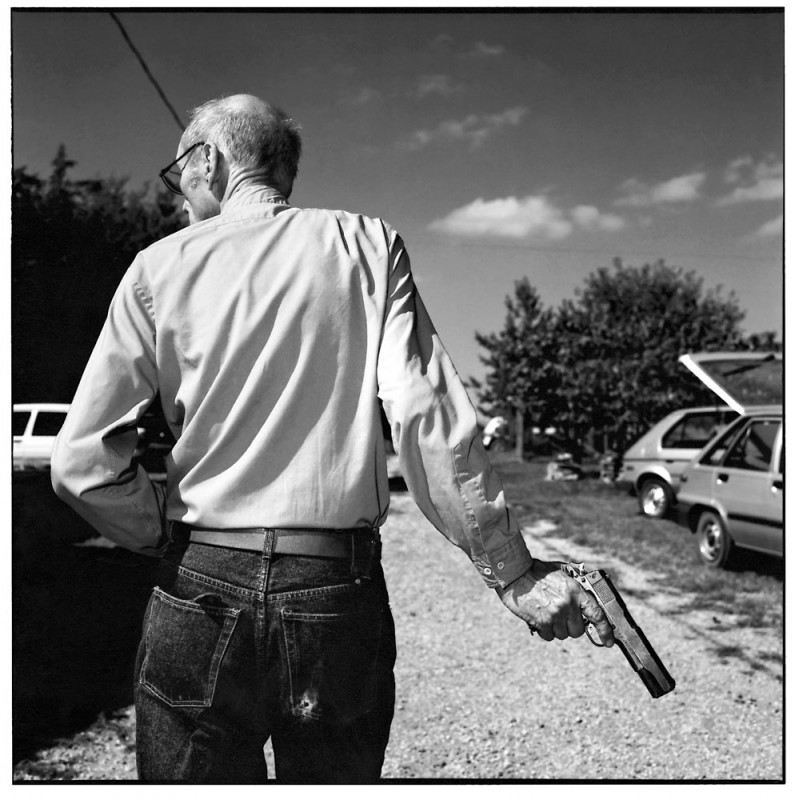
William. S. Burroughs, 1987 © Volker Hinz/stern